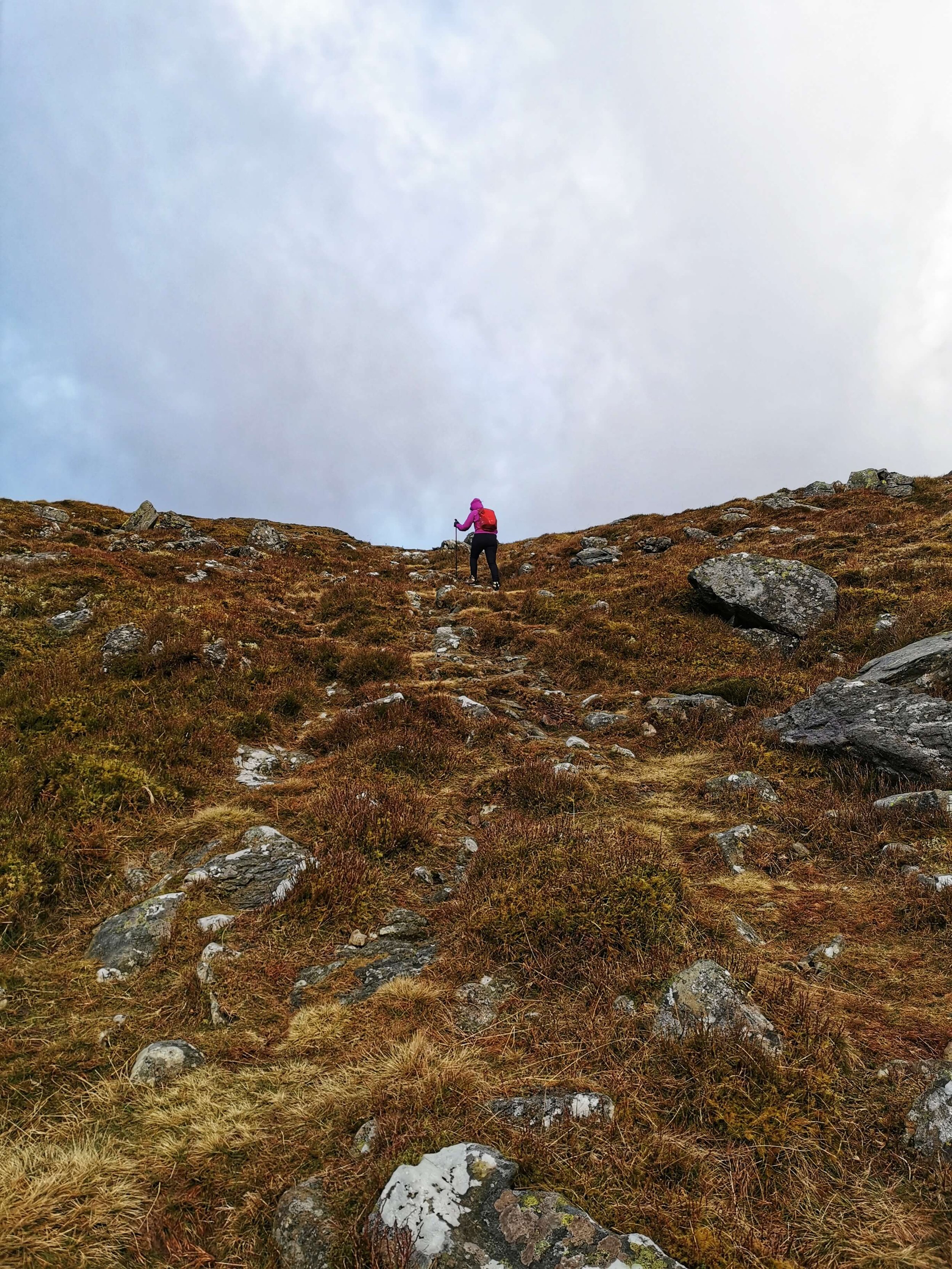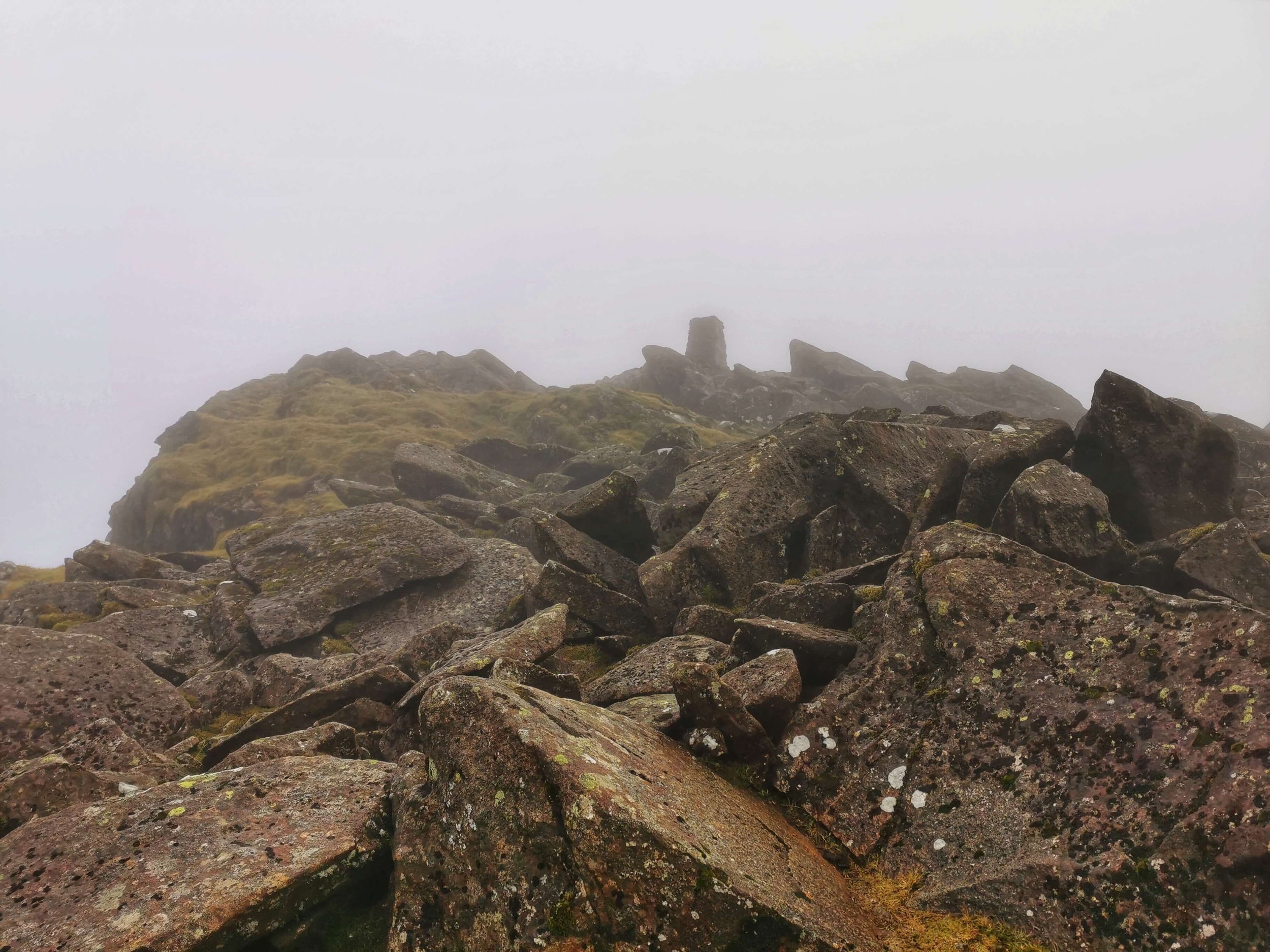12 Tips for Winter Hiking



Hiking in winter can be a beautiful and rewarding experience, but it comes with its own set of challenges. Here are some tips to help you prepare and enjoy a safe winter hike:
Check the Weather Forecast:
Stay updated on the weather conditions for the day of your hike.
Be aware of temperature, wind chill, and any precipitation expected.
Dress in Layers:
Wear moisture-wicking base layers to keep sweat away from your body.
Insulate with a warm middle layer (like fleece or down).
Use a waterproof and windproof outer layer to protect against the elements.
Protect Your Extremities:
Wear waterproof and insulated boots to keep your feet warm and dry.
Use moisture-wicking, insulated gloves to protect your hands.
Wear a warm hat to retain body heat, as a significant amount can be lost through the head.
Carry the Right Gear:
Use trekking poles for stability and balance, especially in icy or snowy conditions.
Bring an ice axe and crampons if you'll be traversing steep or icy terrain.
Pack snowshoes for deep snow.
Stay Hydrated and Nourished:
Cold air can be dehydrating, so drink plenty of water.
Pack high-energy snacks to maintain your energy levels.
Plan Shorter Routes:
Days are shorter in winter, so plan for shorter hikes to ensure you have enough daylight.
Know your limits and turn back if conditions worsen.
Inform Someone About Your Plans:
Let someone know your planned route, expected return time, and emergency contacts.
Carry a fully charged cell phone and consider a personal locator beacon (PLB) for remote areas.
Be Aware of Wildlife:
Wildlife may be more active in winter; be cautious and give animals plenty of space.
Navigation Tools:
Carry a map and compass, and know how to use them. GPS devices can also be helpful.
Trails may be covered by snow, so pay close attention to markers and landmarks.
Emergency Kit:
Pack a small emergency kit with essentials like a first aid supplies, fire-starting materials, and an emergency shelter.
Be Cautious of Ice:
Walk carefully on icy surfaces, and use traction devices if necessary.
Be aware of frozen bodies of water; avoid walking on them unless you're certain of their safety.
Know When to Turn Back:
Conditions can change rapidly in winter. If the weather becomes severe or you encounter unexpected challenges, it's okay to turn back.
Remember that safety is the top priority. Being well-prepared and informed will enhance your winter hiking experience and help ensure a safe return.
